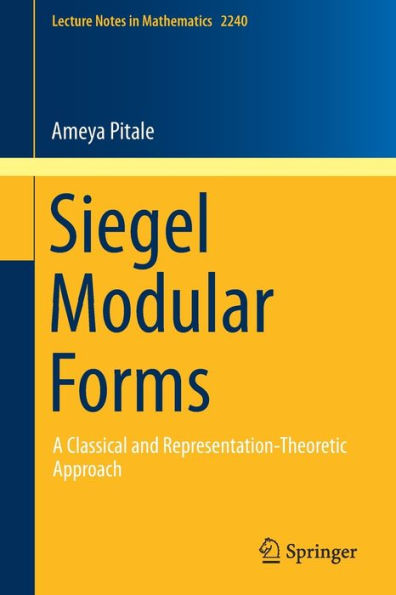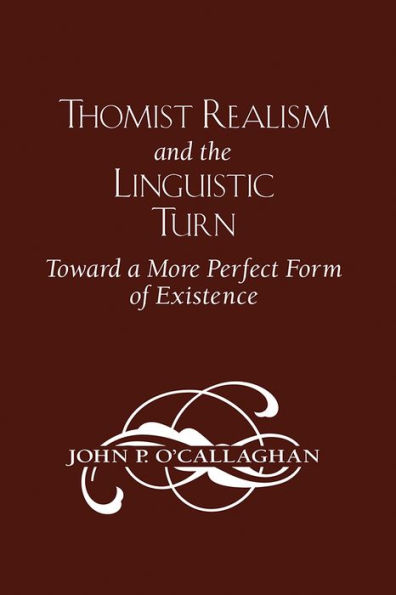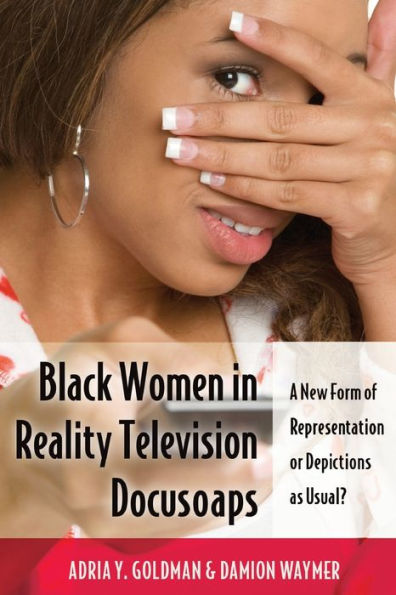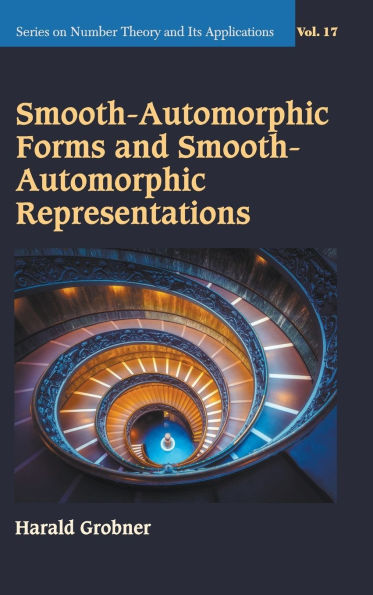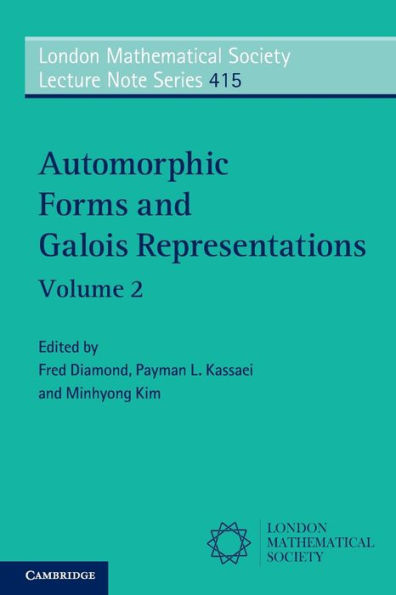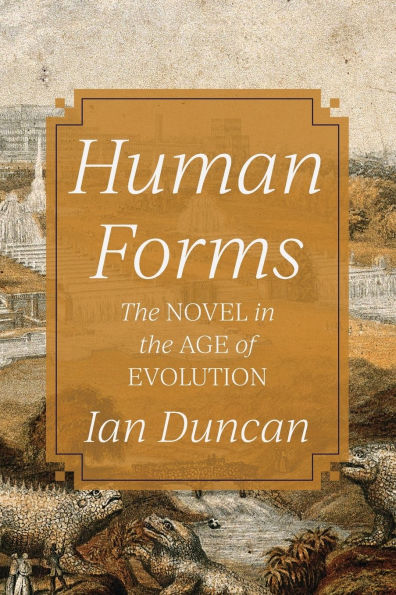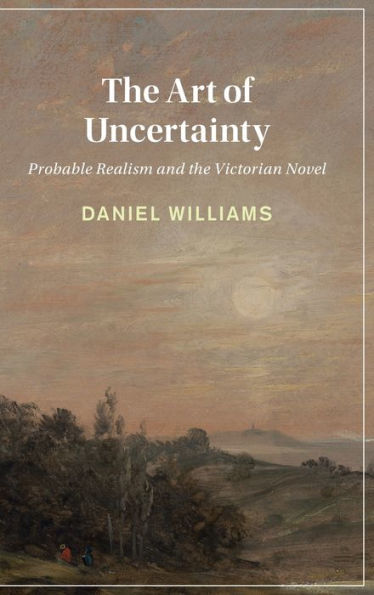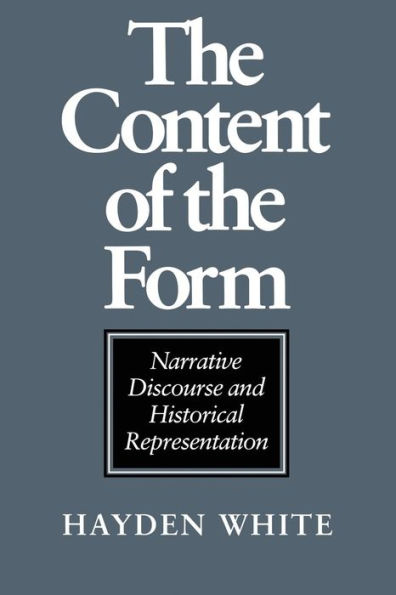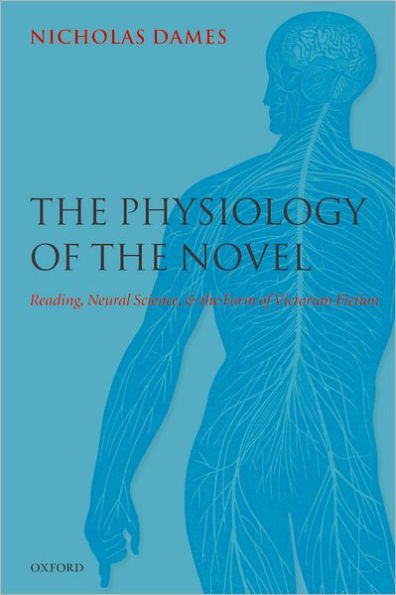Home
Realism, Form, and Representation the Edwardian Novel: Synthetic Realism
Barnes and Noble
Loading Inventory...
Realism, Form, and Representation the Edwardian Novel: Synthetic Realism in Bloomington, MN
Current price: $130.00

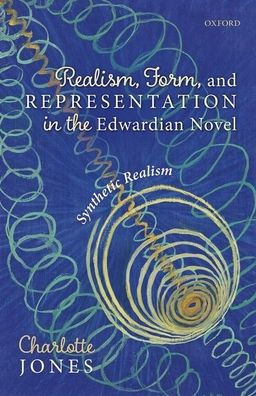
Realism, Form, and Representation the Edwardian Novel: Synthetic Realism in Bloomington, MN
Current price: $130.00
Loading Inventory...
Size: Hardcover
The real represents to my perception the things that we cannot possibly not know, sooner or later, in one way or another', wrote Henry James in 1907. This description, riven with double negatives, hesitation, and uncertainty, encapsulates the epistemological difficulties of realism, for underlying its narrative and descriptive apparatus as an aesthetic mode lies a philosophical quandary. What grounds the 'real' of the realist novel? What kind of perception is required to validate the experience of reality? How does the realist novel represent the difficulty of knowing? What comes to the fore in James's account, as in so many, is how the forms of realism are constituted by a relation to unknowing, absence, and ineffability.
Realism, Form, and Representation in the Edwardian Novel
recovers a neglected literary history centred on the intricate relationship between fictional representation and philosophical commitment. It asks howor ifwe can conceptualize realist novels when the objects of their representational intentions are realities that might exist beyond what is empirically verifiable by sense data or analytically verifiable by logic, and are thus irreducible to conceptual schemes or linguistic practicesa formulation Charlotte Jones refers to as 'synthetic realism'.
In new readings of Edwardian novels including Conrad's
Nostromo
and
The Secret Agent
, Wells's
Tono-Bungay,
and Ford's
The Good Soldier
, this volume revises and reconsiders key elements of realist novel theorymetaphor and metonymy; character interiority; the insignificant detail; omniscient narration and free indirect discourse; causal linearityto uncover the representational strategies by which realist writers grapple with the recalcitrance of reality as a referential anchor, and seek to give form to the force, opacity, and uncertain scope of realities that may lie beyond the material. In restoring a metaphysical dimension to the realist novel's imaginary,
offers a new conceptualization of realism both within early twentieth-century literary culture and as a transhistorical mode of representation.
Realism, Form, and Representation in the Edwardian Novel
recovers a neglected literary history centred on the intricate relationship between fictional representation and philosophical commitment. It asks howor ifwe can conceptualize realist novels when the objects of their representational intentions are realities that might exist beyond what is empirically verifiable by sense data or analytically verifiable by logic, and are thus irreducible to conceptual schemes or linguistic practicesa formulation Charlotte Jones refers to as 'synthetic realism'.
In new readings of Edwardian novels including Conrad's
Nostromo
and
The Secret Agent
, Wells's
Tono-Bungay,
and Ford's
The Good Soldier
, this volume revises and reconsiders key elements of realist novel theorymetaphor and metonymy; character interiority; the insignificant detail; omniscient narration and free indirect discourse; causal linearityto uncover the representational strategies by which realist writers grapple with the recalcitrance of reality as a referential anchor, and seek to give form to the force, opacity, and uncertain scope of realities that may lie beyond the material. In restoring a metaphysical dimension to the realist novel's imaginary,
offers a new conceptualization of realism both within early twentieth-century literary culture and as a transhistorical mode of representation.
The real represents to my perception the things that we cannot possibly not know, sooner or later, in one way or another', wrote Henry James in 1907. This description, riven with double negatives, hesitation, and uncertainty, encapsulates the epistemological difficulties of realism, for underlying its narrative and descriptive apparatus as an aesthetic mode lies a philosophical quandary. What grounds the 'real' of the realist novel? What kind of perception is required to validate the experience of reality? How does the realist novel represent the difficulty of knowing? What comes to the fore in James's account, as in so many, is how the forms of realism are constituted by a relation to unknowing, absence, and ineffability.
Realism, Form, and Representation in the Edwardian Novel
recovers a neglected literary history centred on the intricate relationship between fictional representation and philosophical commitment. It asks howor ifwe can conceptualize realist novels when the objects of their representational intentions are realities that might exist beyond what is empirically verifiable by sense data or analytically verifiable by logic, and are thus irreducible to conceptual schemes or linguistic practicesa formulation Charlotte Jones refers to as 'synthetic realism'.
In new readings of Edwardian novels including Conrad's
Nostromo
and
The Secret Agent
, Wells's
Tono-Bungay,
and Ford's
The Good Soldier
, this volume revises and reconsiders key elements of realist novel theorymetaphor and metonymy; character interiority; the insignificant detail; omniscient narration and free indirect discourse; causal linearityto uncover the representational strategies by which realist writers grapple with the recalcitrance of reality as a referential anchor, and seek to give form to the force, opacity, and uncertain scope of realities that may lie beyond the material. In restoring a metaphysical dimension to the realist novel's imaginary,
offers a new conceptualization of realism both within early twentieth-century literary culture and as a transhistorical mode of representation.
Realism, Form, and Representation in the Edwardian Novel
recovers a neglected literary history centred on the intricate relationship between fictional representation and philosophical commitment. It asks howor ifwe can conceptualize realist novels when the objects of their representational intentions are realities that might exist beyond what is empirically verifiable by sense data or analytically verifiable by logic, and are thus irreducible to conceptual schemes or linguistic practicesa formulation Charlotte Jones refers to as 'synthetic realism'.
In new readings of Edwardian novels including Conrad's
Nostromo
and
The Secret Agent
, Wells's
Tono-Bungay,
and Ford's
The Good Soldier
, this volume revises and reconsiders key elements of realist novel theorymetaphor and metonymy; character interiority; the insignificant detail; omniscient narration and free indirect discourse; causal linearityto uncover the representational strategies by which realist writers grapple with the recalcitrance of reality as a referential anchor, and seek to give form to the force, opacity, and uncertain scope of realities that may lie beyond the material. In restoring a metaphysical dimension to the realist novel's imaginary,
offers a new conceptualization of realism both within early twentieth-century literary culture and as a transhistorical mode of representation.
